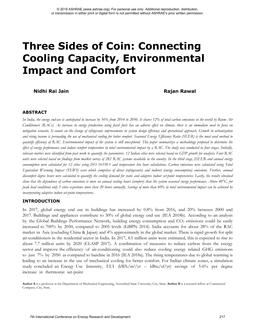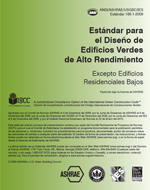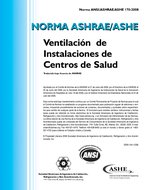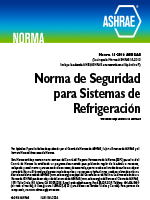Description
In India, the energy end-use is anticipated to increase by 56% from 2014 to 2050. It shares 12% of total carbon emissions in the world by Room Air Conditioners (RACs). As increase in energy production using fossil fuels has an adverse effect on climate, there is an immediate need to focus on mitigation scenario. It counts on the change of refrigerant, improvements in system design efficiency and operational approach. Growth in urbanization and rising income is persuading the use of mechanical cooling for better comfort. Seasonal Energy Efficiency Ratio (SEER) is the most used method to quantify efficiency of RAC. Environmental impact of the system is still unexplored. This paper summarizes a methodology proposed to determine the effect of energy performance and indoor comfort temperature in total environmental impact by a RAC. The study was conducted in four stages. Initially, relevant metrics were identified from past work to quantify the parameters. 12 Indian cities were selected based on GDP growth for analysis. Four RAC units were selected based on findings from market survey of 282 RAC systems available in the country. In the third stage, ISEER and annual energy consumption were calculated for 12 cities using ISO 16358-1 and temperature bin hour calculations. Carbon emissions were calculated using Total Equivalent Warming Impact (TEWI) score which comprises of direct (refrigerants) and indirect (energy consumption) emissions. Further, annual discomfort degree hours were calculated to quantify the cooling demand for static and adaptive indoor set-point temperatures. Lastly, the results obtained show that the dependence of carbon emissions is more on annual cooling hours (comfort) than the system seasonal energy performance. Above 40°C, for peak load conditions only 5 cities experience more than 20 hours annually. Savings of more than 60% in total environmental impact can be achieved by incorporating adaptive indoor set-point temperatures.
Citation: 7th International Conference on Energy Research and Development
Product Details
- Published:
- 2019
- Number of Pages:
- 10
- Units of Measure:
- Dual
- File Size:
- 1 file , 690 KB
- Product Code(s):
- D-2019ICERD7-027




